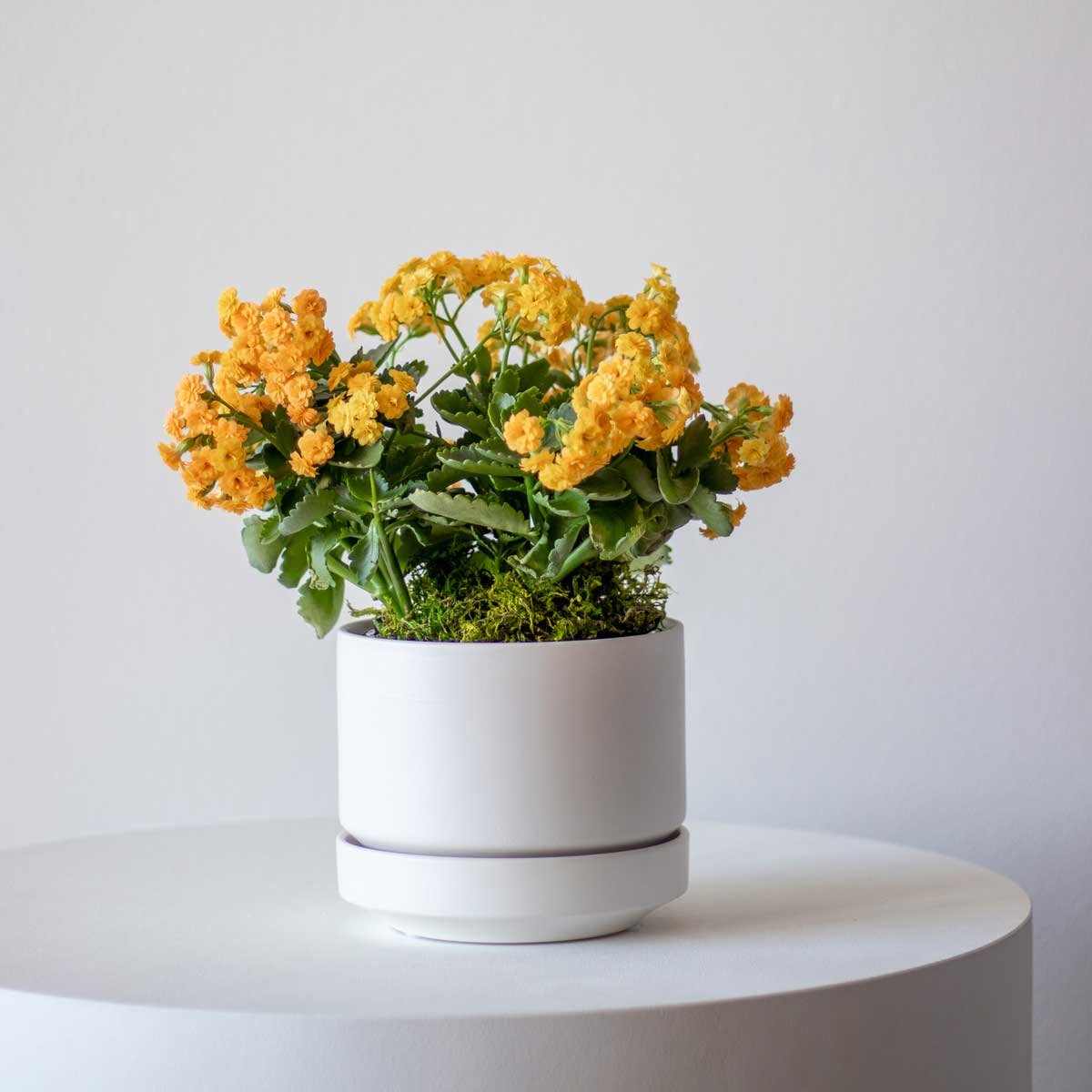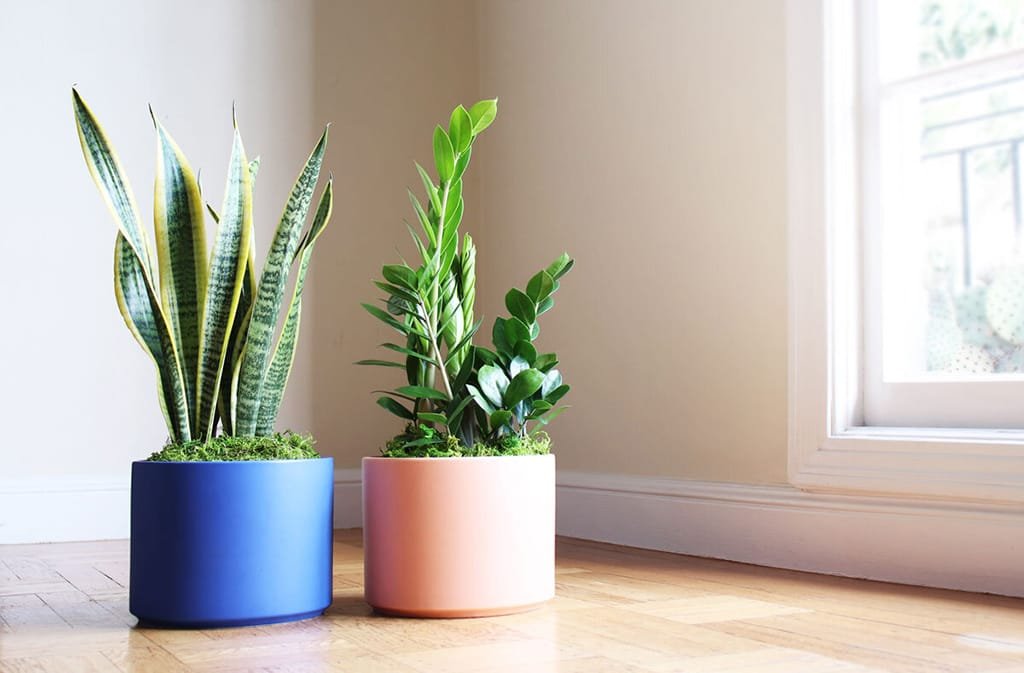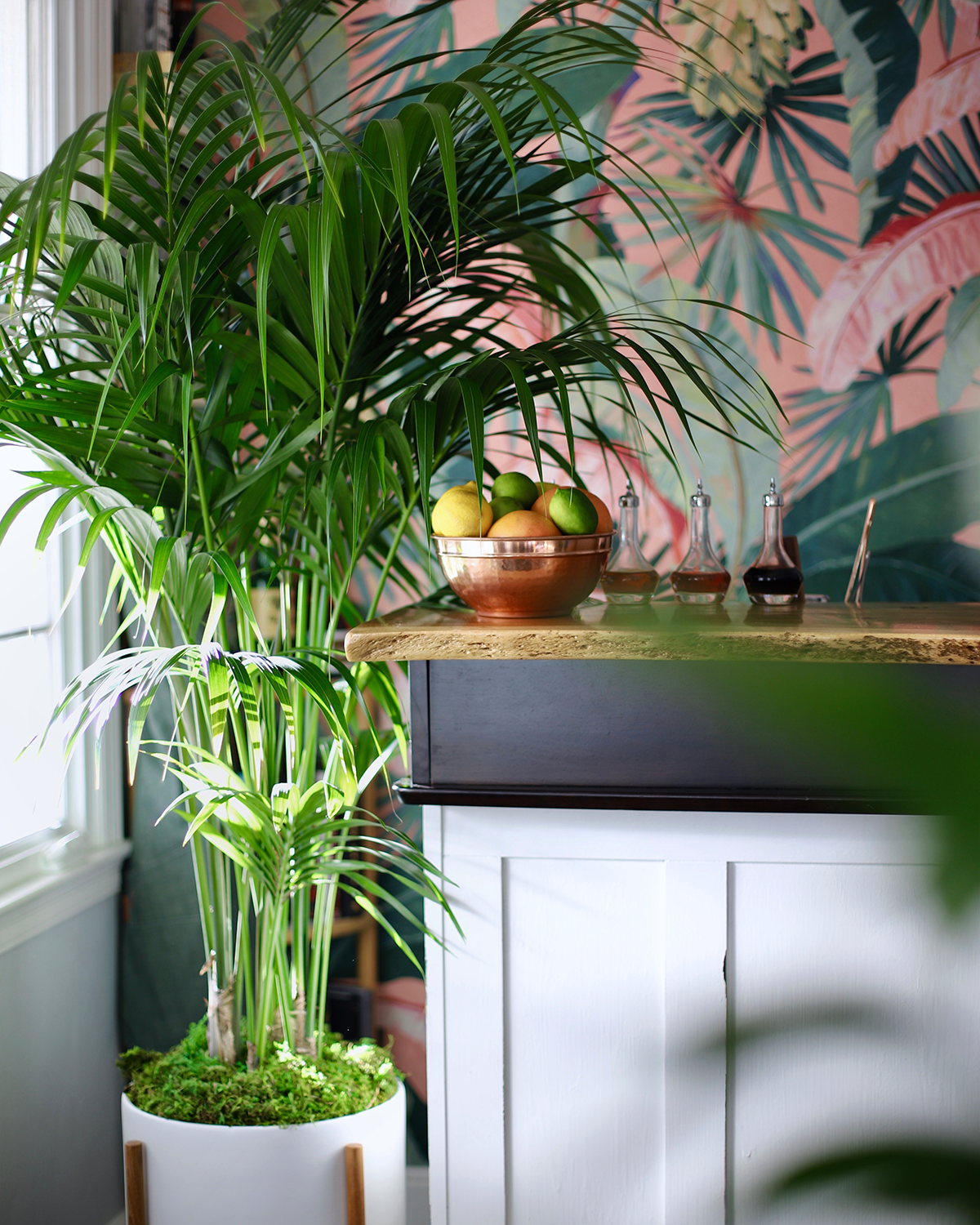If you’re a lover of nature, Valentine’s Day is the perfect occasion for you. It’s a time to celebrate the ones that we love: to express our affection and gratitude for the family, friends and partners that bring joy to our lives. And the best part is, on Valentine’s Day, we say it with plants. From sprays of red roses to carnations and even bay leaves, each traditional Valentine’s Day plant has its own age-old symbolism. Read on, because the stories behind this holiday’s most popular gifts are truly intriguing!
Red Roses
Red roses were the favorite flower of Venus, the goddess of love in Roman mythology, so it stands to reason that the rose has become a Valentine’s Day mainstay. Legend has it that roses first bloomed when Venus appeared from the sea, and they were cultivated as far back as the era of Ancient Greece. The gifting of English garden roses among friends and lovers gained popularity in the Middle Ages, sparking the Valentine’s Day tradition that is now standard. But roses have enjoyed their popularity for thousands of years, and the Rosa species itself is 35 million years old.
Anthuriums
As if their heart-shaped spades weren’t romantic enough, anthuriums have a bountiful association with love across many cultures. In the feng shui tradition, they are associated with good fortune in relationships. In Greek myth, they’re known as the “Arrows of Cupid”, the god of love and attraction.
Carnations
Also known as “The Flowers of the Gods”, carnations are native to the Mediterranean, with their scientific name, Dianthus, meaning “Divine Flower” in Greek. Carnations are another popular flower to signify love, with the color of their blossoms denoting different connotations. For instance, red carnations signify passionate love, whereas pink carnations signify gratitude and admiration.
Bay Leaves
In 1700s England, a tradition arose in which women would pin five bay leaves to their pillow before bed on the evening of Valentine’s Day, in the hope that the leaves, when combined with a prayer, would reveal the face of their true love. They would then recite the prayer of “‘Good Valentine, be kind to me, in dreams let me my true love see” before drifting to sleep. We hope this charming ritual was as effective as it is heartwarming!
Calandivas
The Calandiva or Kalanchoe plant is traditionally associated with love, persistence and prosperity, due to its profusion of long-lasting blossoms. As a potted flower variety, they’re well suited for a long life of abundant flowers, with blooms that can last six weeks or more. They typically bloom in winter and spring, and will blossom year after year. All they need to flourish for years is a sunny spot and a little love.
Every time a holiday rounds the bend, we’re reminded of how deeply tied we are to the natural world. Our connection to nature and our appreciation of its beauty, shines through with special strength during times of celebration. And on Valentine’s Day, we receive an extra-special reminder that we’re all part of nature, bound by love on our beautiful green planet.
Potted Flowering Plants
Easy to care for, simple to love. Order online at leonandgeorge.com
-
Join hundreds of customers in choosing Léon & George for all their gifting needs. We make it effortless to send an impressive and upscale Valentine’s Day gift to someone special. Enjoy some of the perks of sending a beautiful plant or flowering plant gift with Léon & George:
Fast, nationwide shipping with express and overnight options
Innovative, custom packaging that ensures your gift arrives in pristine condition
Personalized gift message options
Select your preferred ship date, if desired
-
Not sure what to send them? Browse our full collections of excellent gifts for all occasions and Valentine’s Day gifts:
























